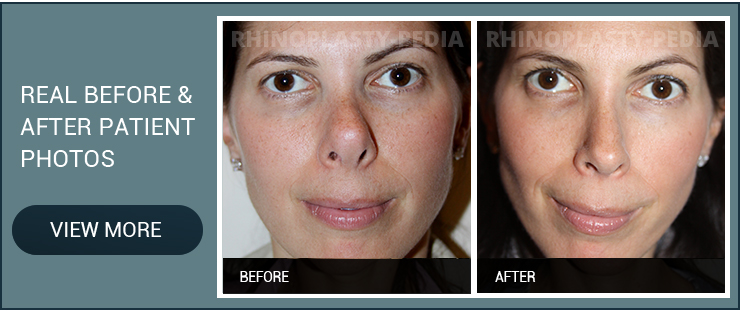Septal Perforation Recovery: What You Should Know
As with any surgery, recovery from septal perforation repair varies from patient to patient. Some patients with septal perforations don’t need surgery at all, as medical management involving saline sprays, ointments and other remedies may suffice. However, should you need septal perforation surgery, it is important to know what to expect, as the procedure is invasive and the recovery quite involved.
Ensuring a Good Recovery: What to Do Before Surgery
Ensuring a successful recovery requires participation on the part of the patient, and depends in part on what you do before the actual procedure. There are a number of steps you can take. First and foremost, smoking should be avoided at all costs, because smokers are not candidates for any surgery, including septal perforation repair, one of the biggest reasons being that smoking interferes with recovery.
For two weeks prior to surgery (and two weeks after) patients should avoid blood thinners such as Motrin and aspirin as well as fish oil, garlic, Gingko Biloba, St. Johns Wart and herbal teas. Also avoid alcohol for 48 hours before and two weeks after surgery, because it can contribute to bleeding and swelling. Inform the surgeon if you are taking prescription or over-the-counter medications or herbal supplements so he or she can advise you.
Your facial plastic surgeon may suggest that you take arnica montana, which is an herbal remedy that helps with swelling, both before and after surgery. You will also need to read about the potential risks and what the procedure can and cannot accomplish.
The surgeon may ask you to undergo lab tests and/or further medical evaluation from other specialists. Patients with diabetes should inform their doctors of their condition, as this may reduce the blood circulation within the nose.

Your Recovery
Immediately following the procedure your nose will likely be sore and there will be bruising. You may experience some nausea.
You will need to remain in the surgical facility for at least a couple of hours. Because septal perforation repair is such a complex procedure, in some cases it is necessary to stay overnight for monitoring. Either way, you will need to arrange for someone to drive you home.
Any surgical packing will be removed within a couple of days. Your nose and the area around your eyes will also be puffy for several days. During this time cold compresses (and possibly pain medications) should be used to reduce swelling, and you should be sure to keep your head elevated. Make sure that someone monitors your temperature, as a high fever could be a sign of infection. Separately, your nose will need to be lubricated with saline spray and ointment. This step is critical for proper healing.
Resumption of everyday activities and work will depend on how well your recovery goes. After about two weeks the swelling should start going down, but there may be swelling for up to a month or longer. You will need to sleep on your back for several weeks.
What to Avoid During Recovery
There are a number of things you need to avoid during your recovery from septal perforation repair. For the first few days avoid moving your head. Avoid rigorous activity for several weeks. You will also need to avoid wearing glasses for a few weeks, and you won’t be able to engage in contact sports for at least several months. If you experience stuffiness, ask your doctor about decongestants; do not use over-the-counter decongestants as they may contain non-steroidal anti-inflammatory drugs that can exacerbate bleeding.
How Long Is the Healing Process?
The length of your recovery will depend on the complexity of the procedure. More complex cases involving grafts may require increased downtime. There are also factors specific to your health and anatomy that may come into play. Make sure to follow any instructions the surgeon gives you.
Your recovery also depends on precautions taken by the surgeon. There are things the surgeon can do to speed up the recovery process, such as prescribing preoperative treatments and medication. There are also measures taken during the surgery that can help with recovery. For example, 3D cameras can allow the surgeon to visualize the nose in high definition. Minimal use of incisions inside the nose will enable the surgeon to avoid large blood vessels, in turn cutting down on recovery time.
When the right precautions are taken many patients are able to return to work within a couple of days. The nose should heal completely within a month.
It should also be noted that success is greater with smaller perforations, and due to blood flow issues to the treated area, the rate of failure is high.








